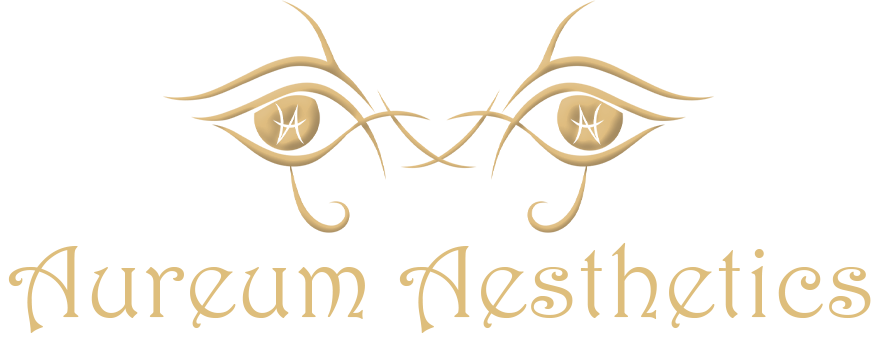Liposuction
Liposuction is one of best cosmetic procedures for removing excess fat and by far the most commonly performed cosmetic surgery procedures for both men and women. The fat removal process is targeted and tailored to each individual, thus patients can achieve a more proportionate figure, a better body-image, and more self-assurance. With liposuction, body contouring can be performed without extensive scarring from invasive open surgery.
Liposuction commonly used for addressing persistent fat that are resistant to exercise and weight control of all areas in the body. Common areas of concerns are the chin, upper arms, buttocks, hips, thighs, knees, back, abdomen, mons pubis, even ankles and calves.
Harvested Fat can also be transferred to enhance other areas. For instance, fat removed from the abdomen may be used to improve the appearance of the face, breasts, hips, or buttock.
Fat cells removed through liposuction do not come back. However, the remaining fat cells can enlarge and even multiply. To maintain the results, patients should continue with their proper diet and exercise routine. One important caveat is this procedure is not a massive weight loss procedure and patients who are within their ideal weight would benefit the most from the procedure.
Who is a Good Candidate for Liposuction?
The best candidates are healthy people with realistic expectations of surgery. Smoking however is a contraindication for this cosmetic procedure as historically smokers have significantly more complications. The best candidates are non-smokers, or former smokers who have quit smoking for at least one month prior to surgery. Liposuction candidates should also be within 15 pounds of their ideal weight and should be able to maintain pre-operative weight through exercise and diet after the procedure. Liposuction treatment also does not restore skin elasticity and is best suited for individuals with healthy and firm skin.
How is Liposuction Surgery Performed?
Liposuction literally means ‘suck out fat’. The surgery may be performed under general anesthesia or intravenous sedation, both with tumescent infiltration. The suctioning of fat is through hollow tubes called cannulas. Cannulas can have different sizes and different opening to tailor-fit the patients and the treated areas. Cannulas are inserted through small incisions in the skin and connected to a vacuum pressure unit which assists the removal of unwanted fat. The duration of the procedure depends on the volume of fat removed, and how many areas are being addressed.
What is the Recovery?
Downtime from liposuction is dependent on number of areas treated but in general it is two to three weeks. During that time, you will feel some discomfort and your activities will be restricted. Bruising and swelling will be greatest in the first week but should resolve in four weeks. In general, liposuction is not a very painful operation. Post-operative compression garments are important in limiting the swelling and should be worn four to six weeks after surgery. One of biggest concern of liposuction is excess skin left after the fat removal. If skin laxity is present pre-op, skin tightening procedures at the same time at the liposuction or subsequent may be necessary.


